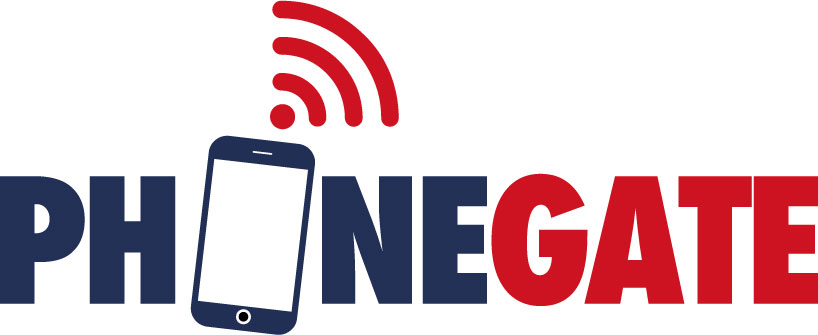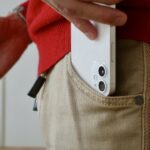January 23, 2018
Under court order, the National Frequency Agency (ANFR) of France recently disclosed that nine out of ten cell phones exceed government radiation safety limits when tested in the way they are actually used, next to the body. As the Environmental Health Trust reported, French activists coined the term “PhoneGate” because of parallels to the Volkswagen emission scandal (referred to informally as “Dieselgate”) in which Volkswagen cars “passed” diesel emission tests in the lab, but actually had higher emissions when driven on real roads. In the same way, cell phones “passed” laboratory radiation tests when the “specific absorption rate” (SAR), which indicates how much radiation the body absorbs, was measured at a distance of 15mm (slightly more than half an inch). However, the way people actually carry and use cell phones (for example, tucked into a jeans pocket or bra, or held in contact with the ear) results in higher levels of absorbed radiation than found in lab tests.
The French data is also corroborated by a 2017 independent investigation by the Canadian Broadcasting Corporation (CBC) that tested cell phones and found SAR values surpassed the US and Canadian allowable SAR values when the phones were tested in body contact positions. These findings were also replicated by the US Federal Communications Commission (FCC). They concluded that radiation levels reach as high as 300% more than what manufacturers claim.
Why be concerned? A 2017 study in the American Journal of Epidemiology and multiple other studies have correlated long-term exposure to cell phone radiation with the risk for glioma (a type of brain tumor), meningioma, DNA damage, and other health risks.






